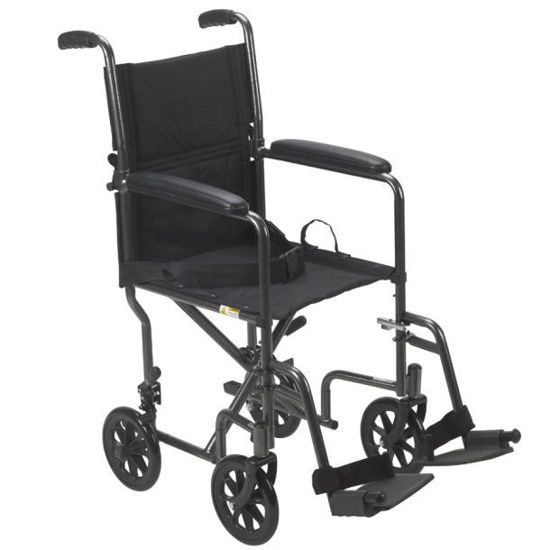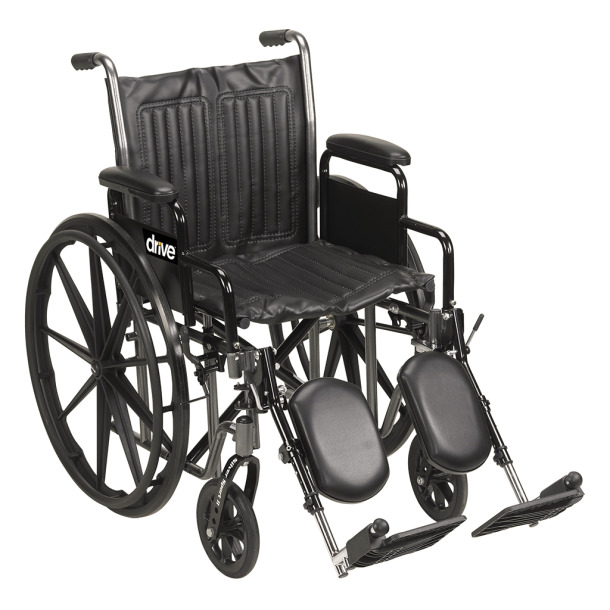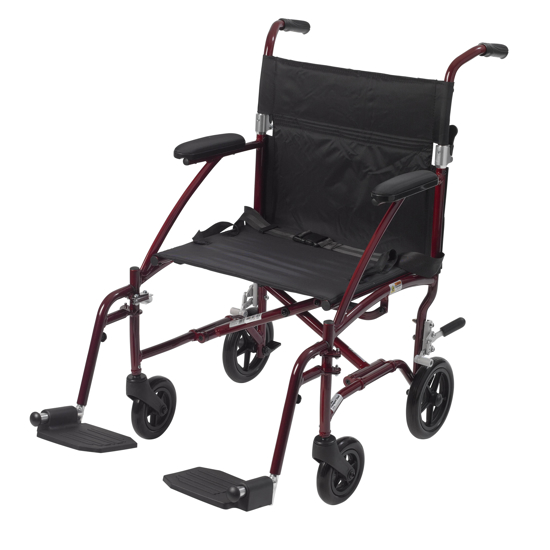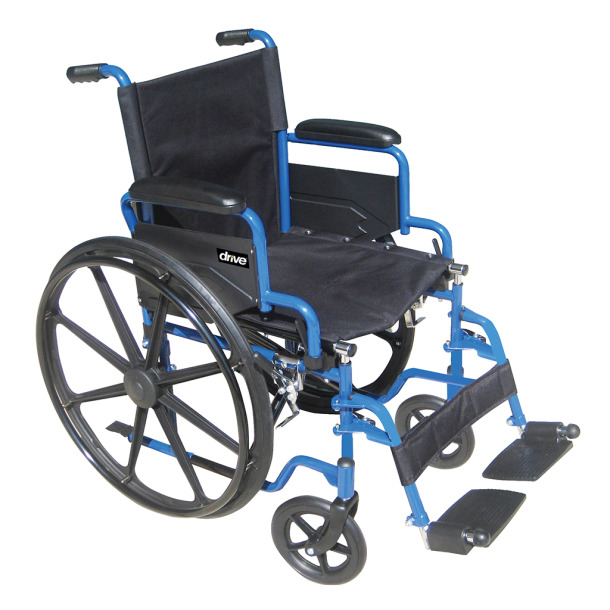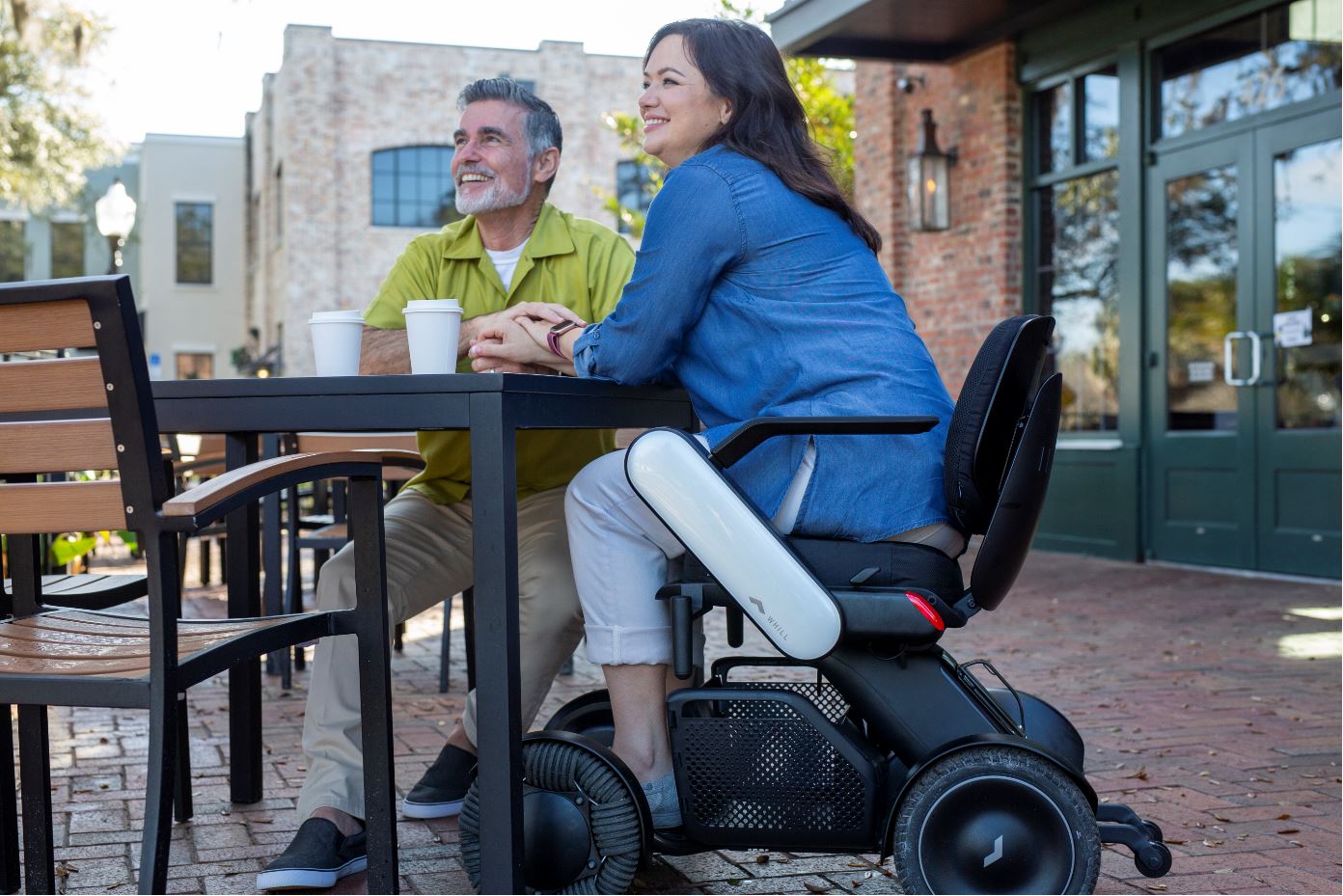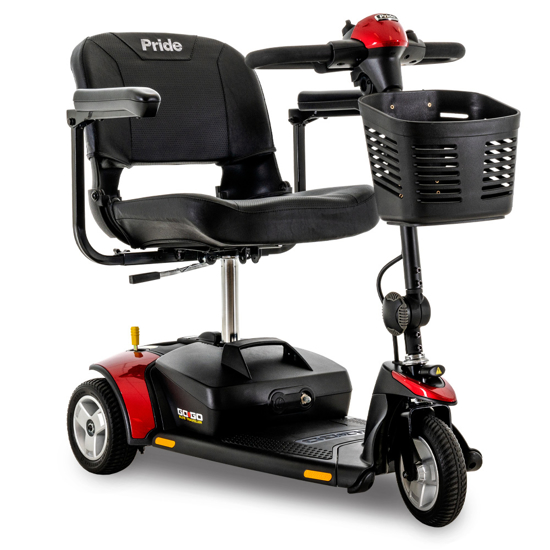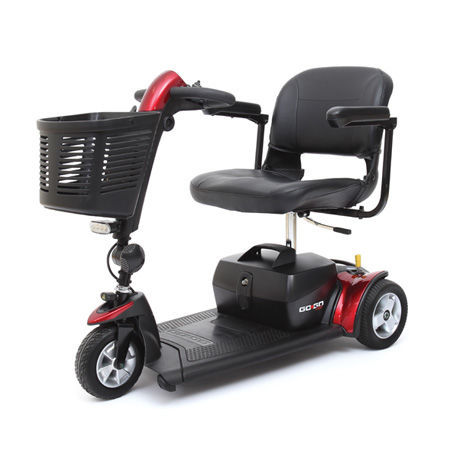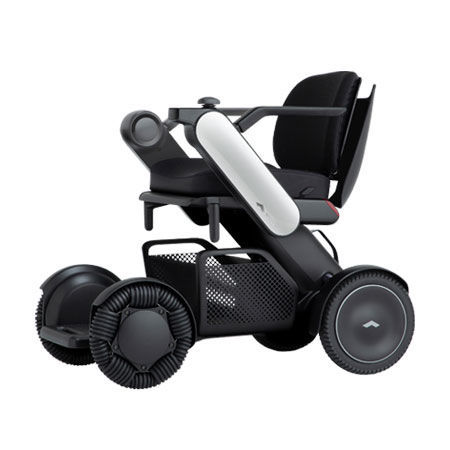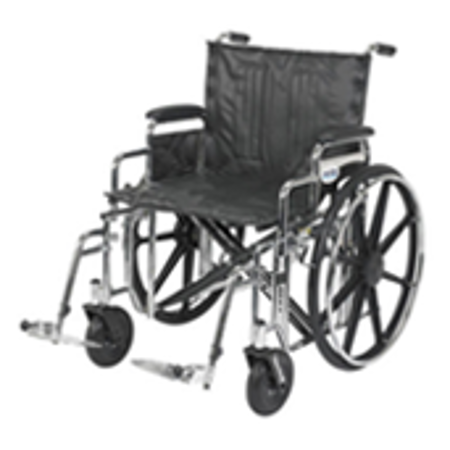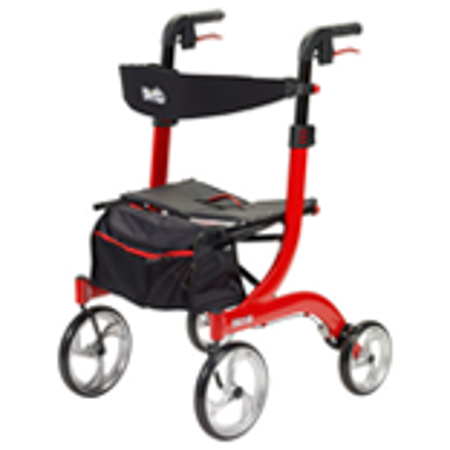Slim corridors and tight spaces are a harsh reality for most wheelchair users, but they don't have to be an impediment! If you have the right wheelchair, you can easily zip down skinny hallways and maneuver around tight curves. But what wheelchair would that be? And what features would it have to make this easier? Below, I'll give you some recommendations and answer some common questions about this topic.
Contents:
- What is the Width of a Regular Wheelchair?
- Do Wheelchairs Fit Through Standard Doorways?
- How Wide Does a Doorway Need to Be for a Wheelchair?
- Best Wheelchair Features to Look For
- Narrow Manual Wheelchair Recommendations
- Narrow Electric / Power Wheelchair Recommendations
What is the width of a regular wheelchair?
And of course, electric and power chairs are often beefier than manual ones, with some reaching up to 40 inches wide or more depending on the weight of the wheelchair user.
However, while mobility scooters and electric wheelchairs might have larger physical dimensions, manual wheelchairs also require arm room on either side in order to effectively and comfortably maneuver yourself, which should be taken into account.
Do Wheelchairs Fit Through Standard Doorways?
Nowadays, the standard doorway width is around 32 inches, with many doorways reaching up to 36 inches. However, a decent number of doors fall on the low end, averaging around 23 to 28 inches, and some can be even smaller! Older buildings especially tend to have smaller doorways and can pose a real problem for wheelchair users.
How Wide Does a Doorway Need to Be for a Wheelchair?
If you've put the answers to the past two questions together, then the problem we face should have revealed itself. The average adult wheelchair size and the average doorway size are simply too close for comfort.
According to the ADA accessibility standards, the minimum acceptable distance from the face of the door to the other end of the door frame is 32 inches, which happens to coincide with the standard doorway width. However, how you make this measurement is important – it can't just be the width of the gap in the wall as if there were no door there, because the door itself takes up part of that space!
This means that even if the door frame is 32 inches wide, the actual width a wheelchair can travel through is less than 32 inches, and would not be acceptable by ADA standards.
Don't despair – all of this information refers to the average wheelchair size. Narrow wheelchair dimensions will yield much better results, and if you have a narrow wheelchair, you'll have no problem getting through doorways that don't comply with the ADA standard. Chairs like this are common in regions of the world with older architecture, like Europe. An extra narrow wheelchair can even get you through tiny, 20-inch doors!
Best Wheelchair Features to Look For
You'll probably want to shop for narrow, indoor wheelchairs, since dimensions matter most when you have lots of doorways and constricting spaces. In fact, I've found that many of the features you'll need to navigate narrow spaces also come in handy when storing your chair. The smaller, lighter and more maneuverable it is, the easier it is to store!
Lightweight and removable
In particular, I'd recommend a narrow wheelchair with removable arms or a narrow lightweight wheelchair, since these features would give you even more flexibility with your motion. A narrow transport wheelchair might be the way to go, since transport models will naturally be smaller and therefore able to maneuver through smaller spaces.
Removable arms are always a good idea, since removing them will allow you to squeeze through smaller spaces if need be. Some wheelchairs also have swing-away armrests or legrests, which function similarly to save space.
Cushion Size
Cushion size is also one of the most important factors when choosing a wheelchair. I can't say it enough...cushion size is not the same as the actual width of the wheelchair!
If you're looking to fit through a standard, 32-inch door, your cushion size shouldn't be more than 22 inches. In fact, if you'd like a good chance at slipping through the narrower 28-inch doors, you should be looking mainly at cushion sizes of 16 or 18 inches!
Usually, the wheelchair itself ends up being 8 inches wider than the cushion. However, some wheelchairs have a smaller difference between the cushion and overall width, so it is important to obtain both of these measurements before you make a purchase.
Narrow Manual Wheelchairs
Below, I'll take you through some of my favorite narrow manual wheelchairs.
Drive Steel Transport Chair
Overall width: 21.5" or 23.5"
Seat width: 17" or 19"
This chair is priced for superior value and comes with features you’d find in more expensive models, including swing-away leg rests and a fold-down back. Available in 17- or 19-inch seat width, with padded armrests for additional comfort.
Drive Silver Sport II
Overall width: 24'' or 26"
Seat width: 16'' or 18"
I love the Silver Sport II because it is a no-frills, economical option for a manual wheelchair that can get through many narrow doorways. It can support riders up to 250 pounds on the 16" seat and up to 300 pounds on the 18" seat, and when closed, its width is a mere 12.5 inches, making it super easy to store and transport.
Other things I like about this chair are its padded armrests and easy-to-clean nylon upholstery.
Drive Fly-Lite Aluminum Transport Wheelchair
Overall width: 22''
This ultra-light transport chair weighs under 17 pounds without riggings. This chair is durable and easy to clean and comes standard with a carry pocket on the back rest and height adjustable swing-away footrests. The deluxe back release allows the back to be folded down easily, making the chair easy to store and transport.
Drive Blue Streak Wheelchair
Overall width: 24” to 26”
Seath width: 16”, 18", or 20"
The Blue Streak Wheelchair is designed for comfort and durability. This wheelchair comes standard with convenient features such as nylon upholstery, easy-to-operate brakes, swing-away footrests, padded flip back desk arms, and solid rubber tires that require very little maintenance.
Narrow Electric / Power Wheelchairs
When people traditionally think of power wheelchairs, they picture large, bulky machines. Not anymore! Here are my favorite compact electric wheelchair models:
WHILL Model C2
Overall width: 22''
Seat widths available: 16'' or 18''
Seat sizes available: 16'' x 16'', 18'' x 18'', 18'' x 18'' (arms adjustable to 20")
The WHILL Model C2 is a narrow power wheelchair that prides itself on its short wheelbase and compact size. It also has precise, state-of-the-art handling that allows it to turn on a dime – a handy feature when navigating tight spaces! In fact, it boasts a 45% smaller wheelchair turning radius than tiller-controlled devices.
It's portable too, disassembling in four steps, and can carry people up to 300 pounds. And with a total width of 22 inches, it will have no problem navigating through ADA accessible doors, and even smaller ones.
Other things I like about the WHILL – while perhaps not too relevant to its ability to sneak through small spaces – are its armrests, back rest cushion, USB port and the super cool iPhone app that connects to your chair via Bluetooth. Plus, it's an excellent chair for all terrains, so it can easily transition from indoors to outdoors and vice-versa.
Pride Go-Go Sport, 3 Wheel
Overall width: 21.25''
Seat width: 17'' x 17''
Another electric scooter that is versatile and easily disassembles, the Go-Go Sport can hold people up to 325 pounds. It's a lightweight mobility device, with a 36'' turning radius and a compactable, foldable seat. My favorite feature is the nifty basket up front, and I like the novelty and simplicity of having three wheels instead of four.
The overall width of its base is 21.25 inches, making this another excellent option to scoot through narrow doors.
So there you have it. It is not impossible to navigate the narrow world in a wheelchair. In fact, it's even possible to power through doors that are too small to meet ADA standards on a brand new, snazzy powerchair.
Check out Scootaround’s selection of scooters, wheelchairs, and powerchairs online, or speak with a Sales Specialist toll-free at 1-844-664-7467.
 Cory Lee is a wheelchair user, travel addict, and accessible travel writer. On his blog, Curb Free with Cory Lee, he hopes to inspire others to roll out of their comfort zones and see all the beauty our world has to offer.
Cory Lee is a wheelchair user, travel addict, and accessible travel writer. On his blog, Curb Free with Cory Lee, he hopes to inspire others to roll out of their comfort zones and see all the beauty our world has to offer.
Related blog posts:


